News
Nylon: Key Characteristics and Properties of Nylon and Nylon Fabrics
Nylon (Jinlun) is the Chinese name for the synthetic fiber Nylon. It is also translated as "Nailun" or "Nylon". Its scientific name is polyamide fibre. As the world's first synthetic fiber, nylon has been widely used due to its excellent properties and abundant raw material resources.
Properties of Nylon
High strength and abrasion resistance: Ranks first among all fibers. Its abrasion resistance is 10 times that of cotton fiber, 10 times that of dry viscose fiber, and 140 times that of wet viscose fiber. Therefore, its durability is excellent.
Elasticity: Nylon fabrics have excellent elasticity and elastic recovery. However, they deform easily under small forces, so the fabrics tend to wrinkle during wear.
Breathability & Static: Poor ventilation and breathability, prone to generating static electricity.
Moisture absorption: Among synthetic fiber fabrics, nylon has relatively good moisture absorption. Therefore, clothing made from nylon is more comfortable to wear than polyester clothing.
Resistance: Good resistance to insects and corrosion.
Heat & Light Resistance: Not very good. Ironing temperature should be controlled below 140°C. Care must be taken during washing and maintenance to avoid damaging the fabric.
Weight: Nylon fabrics are lightweight, ranking only after polypropylene and acrylic fabrics among synthetics. Thus, they are suitable for making mountaineering wear, winter clothing, etc.
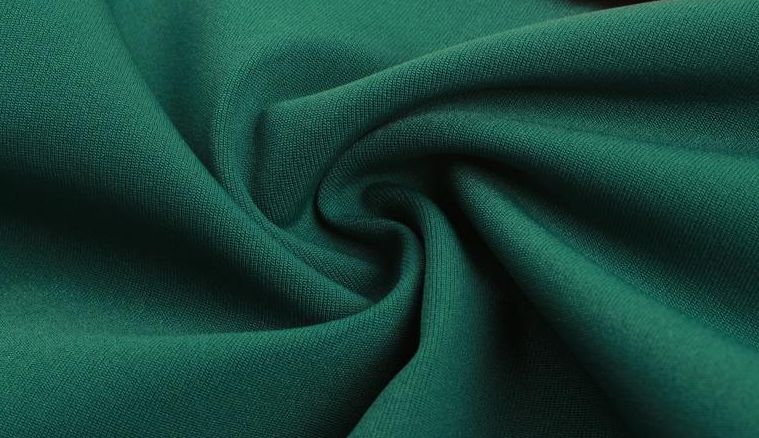
Nylon 6 and Nylon 66
The most common nylon products on the market are Nylon 6 and Nylon 66.
Nylon 6: Full name: Polycaprolactam fiber, polymerized from caprolactam.
Nylon 66: Full name: Polyhexamethylene adipamide fiber, polymerized from adipic acid and hexamethylenediamine.
Generally, Nylon 66 has a better hand feel than Nylon 6, and its comfort is also superior. However, it is difficult to distinguish Nylon 6 from Nylon 66 visually.
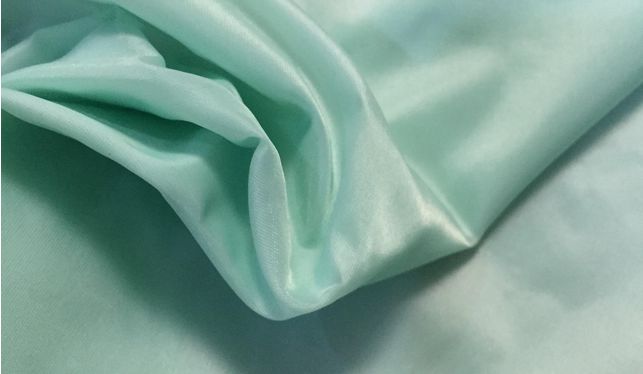
Common Characteristics of Nylon 6 and Nylon 66:
Light Resistance: Poor. Strength decreases and color yellows under prolonged exposure to sunlight and UV light.
Heat Resistance: Not very good. Turns yellow after 5 hours at 150°C, with significant decreases in strength and elongation, and increased shrinkage.
Low-Temperature Resistance: Nylon 6/66 filaments have good low-temperature resistance. Elastic recovery changes little even below -70°C.
Electrical Conductivity: Very low DC conductivity. Prone to generating static electricity due to friction during processing. Conductivity increases with moisture absorption and rises exponentially with increasing humidity.
Microbial Resistance: Strong resistance to microbial action. Its resistance in sludge water or alkali is second only to polyvinyl chloride (PVC) fiber.
Chemical Resistance: Resistant to alkalis and reducing agents, but poor resistance to acids and oxidizing agents.
Nylon fiber fabrics can be divided into three main categories: Pure Spun, Blends, and Interwoven Fabrics
Pure Nylon Fabrics
Fabrics woven solely from nylon filaments, such as nylon taffeta and nylon crepe. As they are made from nylon filament yarns, they feature a smooth hand feel, durability, and moderate price. The drawback is that the fabric wrinkles easily and recovery is poor.
Taslon:
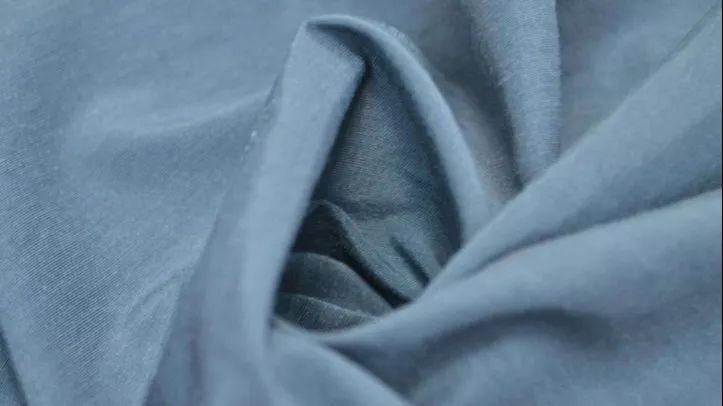
Taslon is a type of nylon fabric, including Jacquard Taslon, Honeycomb Taslon, Full Dull Taslon, etc.
Uses: High-end apparel fabrics, garment fabrics, golf wear fabrics, high-end down jacket fabrics, high waterproof/breathable fabrics, multi-layer composite fabrics, functional fabrics, etc.
Jacquard Taslon:
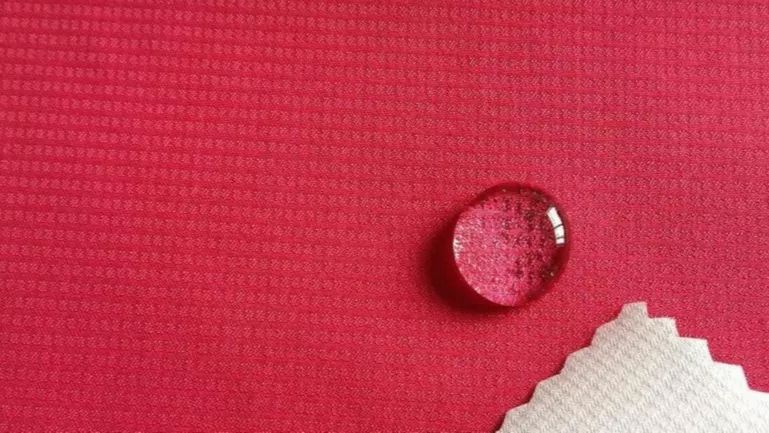
Warp: 76dtex (70D) nylon filament. Weft: 167dtex (150D) nylon air-textured yarn. Fabric structure: Double plain jacquard, woven on water-jet looms. Grey fabric width: 165cm, weight: 158g/m². Available in colors like burgundy, grass green, light green, etc. Features include resistance to fading and wrinkling, strong color fastness.
Honeycomb Taslon:
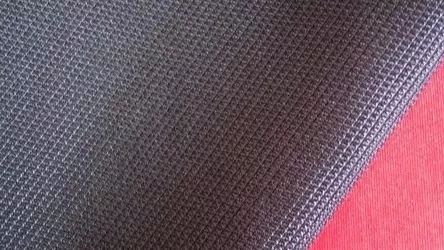
Warp: 76dtex nylon FDY. Weft: 167dtex nylon air-textured yarn. Density: 430 ends/10cm x 200 picks/10cm. Woven on water-jet looms with dobby heads, typically using a double plain weave, forming a honeycomb grid pattern on the fabric surface. Grey fabric undergoes relaxation scouring, alkali weight reduction, dyeing, followed by softening and setting. Features: Good breathability, dry and smooth hand feel, soft and flowing drape, comfortable to wear.
Full Dull Taslon:
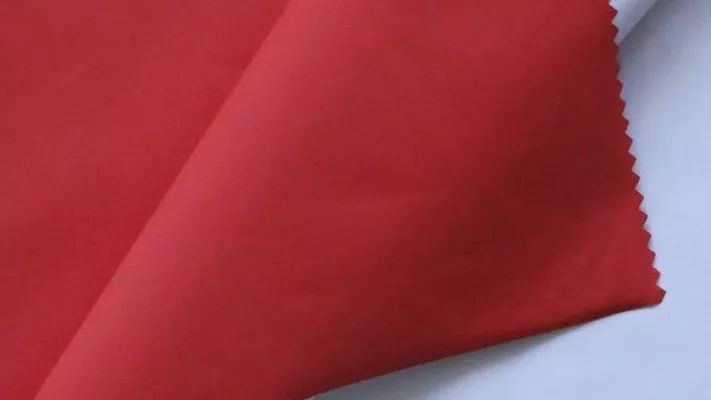
Warp: 76dtex full dull Nylon-6 FDY. Weft: 167dtex full dull nylon air-textured yarn. Most prominent advantages: Comfortable to wear, good warmth retention and breathability.
Nylon Taffeta (Nisi Fang / Nylon Spun):
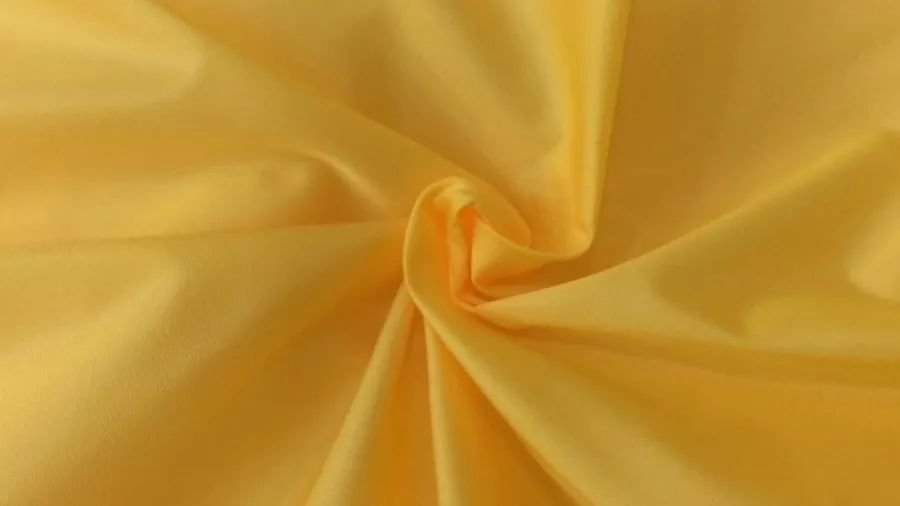
Nylon Taffeta (also called Nylon Spun) is a spun silk-like fabric woven from nylon filament yarns. After bleaching, dyeing, printing, calendering, or embossing, the fabric is smooth, dense, and flat with a silky surface, soft hand feel, lightweight yet durable and abrasion-resistant, bright colors, easy to wash and quick to dry.
Twill Fabrics:
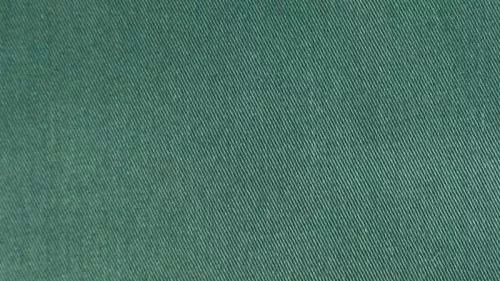
Fabrics woven with a twill weave, featuring clear diagonal lines on the surface. Includes Nylon/Cotton Khaki, Gabardine, Cavalry Twill, etc. Among them, Nylon/Cotton Khaki is known for being thick, compact, sturdy and crisp, with clear lines and good abrasion resistance.
Nylon Oxford Fabric:
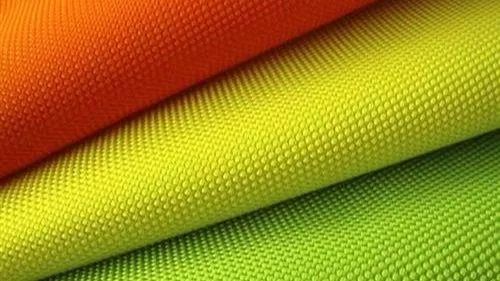
Nylon Oxford Fabric is woven with coarse denier (167-1100dtex) nylon filaments for both warp and weft, using a plain weave structure, produced on water-jet looms. After dyeing, finishing, and coating processes, the grey fabric has a soft hand feel, excellent drape, novel style, and waterproof properties. The fabric surface exhibits the luster effect of nylon filaments.
Nylon Blended and Interwoven Fabrics:
Fabrics obtained by blending or interweaving nylon filament or staple fibers with other fibers, combining the characteristics of each fiber.
Viscose/Nylon Gabardine:
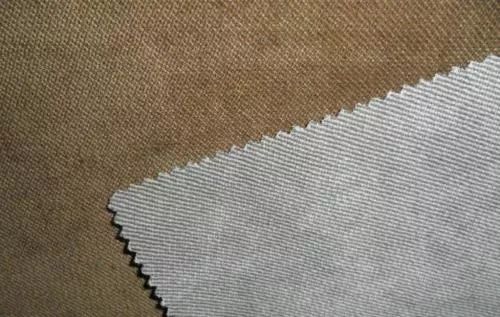
Viscose/Nylon Gabardine has two blend ratios: 15% nylon, 85% viscose or 25% nylon, 75% viscose. Both warp and weft use blended yarns. It is a 2/2 twill fabric. The warp density is nearly double the weft density, resulting in a thick, compact, sturdy, and durable fabric body. The surface is smooth and flat with a rich luster. Disadvantages: Poor elasticity, prone to wrinkling, low wet strength, high shrinkage, becomes stiff when washed, and tends to sag when worn.
Viscose/Nylon Tropical (Fanliding / Nylon Plain Serge):
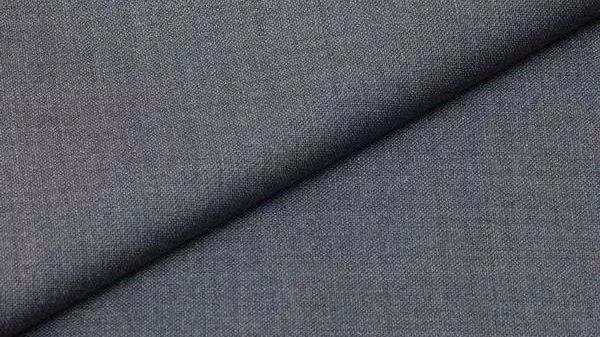
Viscose/Nylon Tropical, also called Nylon Plain Serge, has the same two blend ratios (15/85 or 25/75 nylon/viscose). It is woven with blended two-ply yarns in a plain weave. Front and back appearance are the same. Hand feel is crisp but not very soft. Luster is slightly less than Gabardine.
Viscose/Nylon Serge (Bijii / Nylon Serge):
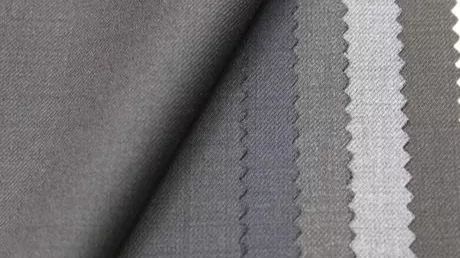
Viscose/Nylon Serge, also known as Nylon Serge, is a 2/2 twill fabric. Its appearance is similar to Gabardine, but warp density is about 40% less, while weft density is similar. The surface of serge is flatter than gabardine, with wider and more visible interlacing points. However, its hand feel is inferior to gabardine, and both strength and luster are poorer.
Viscose/Nylon/Wool Fancy Suiting (Huani):
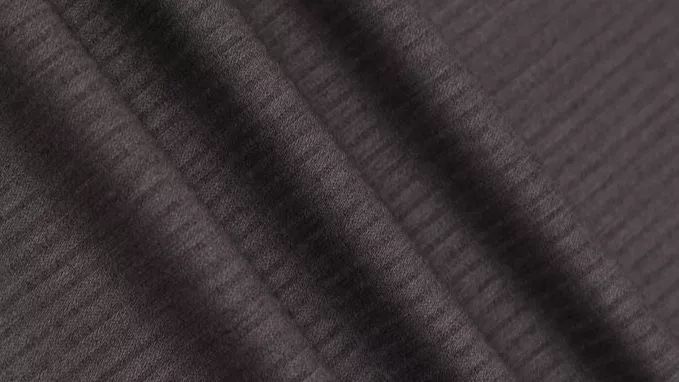
Viscose/Nylon/Wool Fancy Suiting belongs to worsted woolen fabrics, mostly plain fancy suitings, simply called "Three-in-One" fancy suiting. It is blended in a 4:4:2 ratio. By using yarns with different twist directions for warp and weft, the fabric surface exhibits patterns due to light reflection.
Nylon/Viscose/Spandex Bengaline (Luoduan):
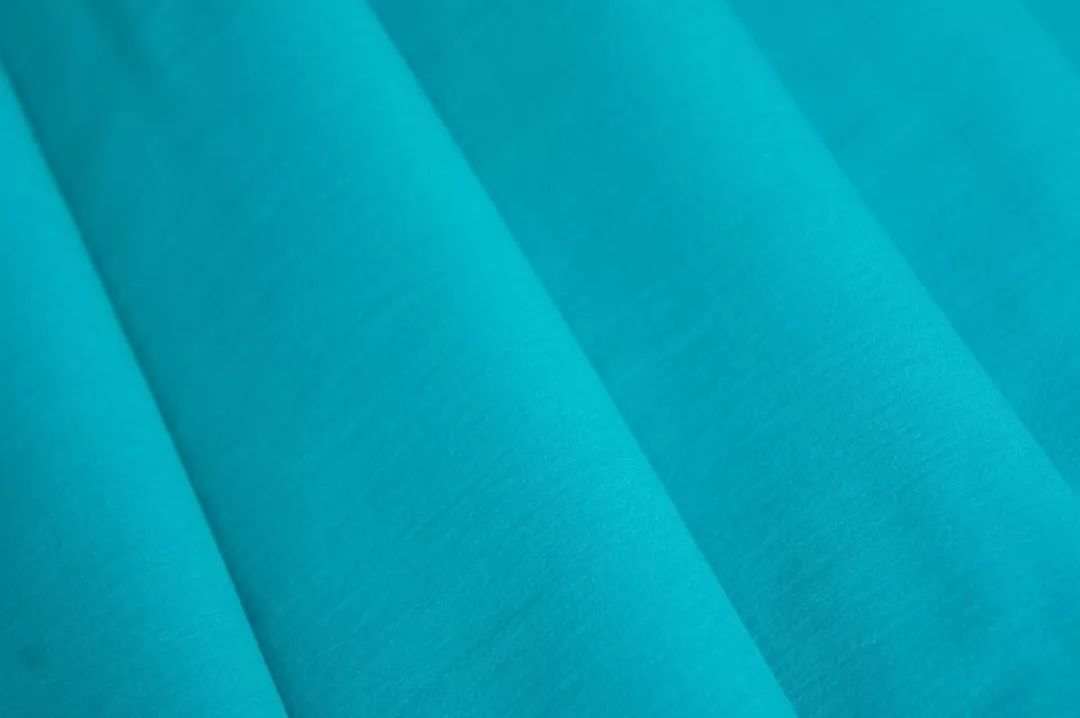
Nylon/Viscose/Spandex Bengaline uses spandex-nylon covered yarns for the warp, woven on air-jet looms. Grey fabric undergoes relaxation, desizing → alkali weight reduction → dyeing (using reactive and disperse dyes) → setting and finishing. This product combines the style of viscose fiber fabrics, the luster effect of nylon fabrics, and the elasticity function of spandex fabrics. The fabric has a cotton-like feel, comfort, and stretch.
Fabric Category
Latest News
CONTACT US
Phone: +86 13967890005
Email: sales@neocamo.com
Add: Room 1009, No. 562 West Jinshan Road, Yinzhou District, Ningbo City, Zhejiang Province, China
 Skype
Skype